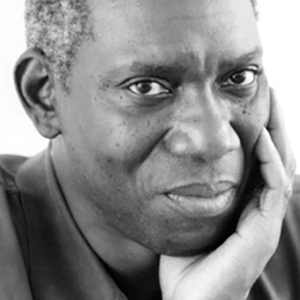A Visit to Inner Sanctum
by Yusef Komunyakaa
A poet stands on the steps of the grand cathedral
wondering if he has been a coward in hard times.
He traveled east, north, south, & seven directions
of the west. When he first arrived on the other side
of the sea, before he fell into the flung-open arms
of a long romance, the lemon trees were in bloom.
After a year, poised on the rift of a liturgy, half lost
in the fog of purple haze, he forgot all his questions.
Did he ever write a sonnet dedicated to the memory
of those four girls dynamited in Birmingham?
Why did rifles fire & tear gas drift over Ohio
as flower children danced to Jefferson Airplane?
Standing in the grand cathedral, in the midst
of what first calibrated his tongue—gold icons
& hidden jaguars etched into the high beams—
he remembers an emanation almost forgotten.
He can’t stop counting dead heroes who lived in his head,
sultry refrains that kept him alive in the country of clouds.
Underneath the granite floor where he stands
loom the stone buttresses of an ancient temple.
When he was a boy, with his head bowed
close to the scarred floor, he could hear voices
rising from below, their old lingua franca
binding with his. How could he forget?
Outside the Institute of National Memory
he toasts the gods hiding between stanzas.
The girl he left behind for enemy soldiers
to rough up & frighten, she never stopped
waiting for him, even after she lost herself
in booze. Now, he faces a rusty iron gate.
Did she know someday he’d question a life
till he held only a bone at the dull-green door
of an ice house where they stole their first kiss?
To have laughed beside another sweetheart
in a distant land is to have betrayed the soil
of dispossession hidden under his fingernails.
Suppose he’d pursued other smaller passions
singing of night dew? The dead ones kept him
almost honest, tangoing with wives of despots
entranced by stolen light in his eyes & hair.
He never wanted to believe a pinch of salt
for a pinch of sugar is how scales are balanced.
Published on June 10, 2020
First published in Harvard Review 37

